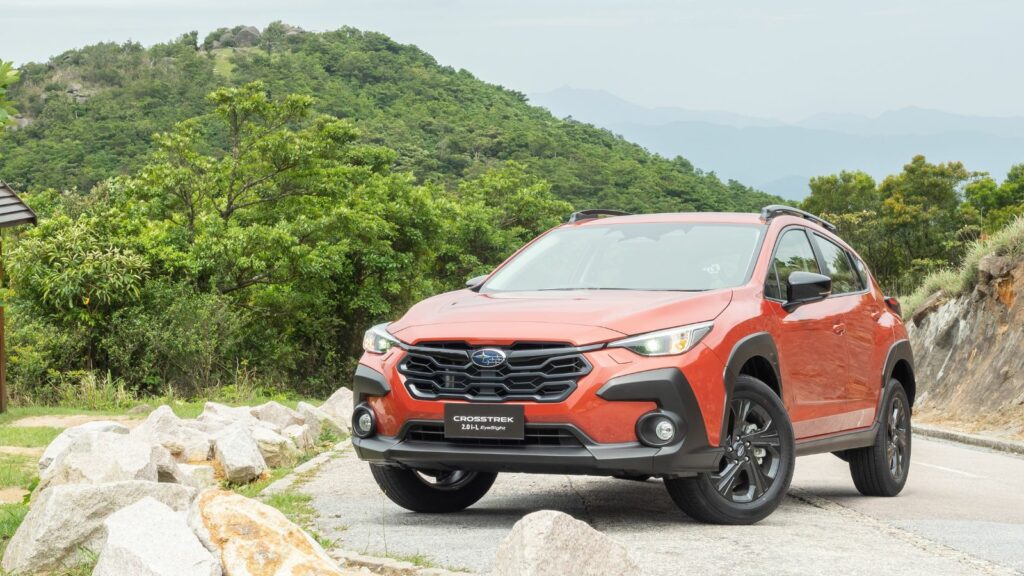Many dependable go-to vehicles for Canadians may face markups as global tariffs continue to drive up production costs, making even modest, budget-friendly cars at risk of creeping into luxury territory. Whether it’s imported components, foreign assembly, or simple price ripple effects, these once-affordable models could soon carry premium price tags. Here are 22 affordable cars that could become luxury buys post-tariffs:
Toyota Corolla
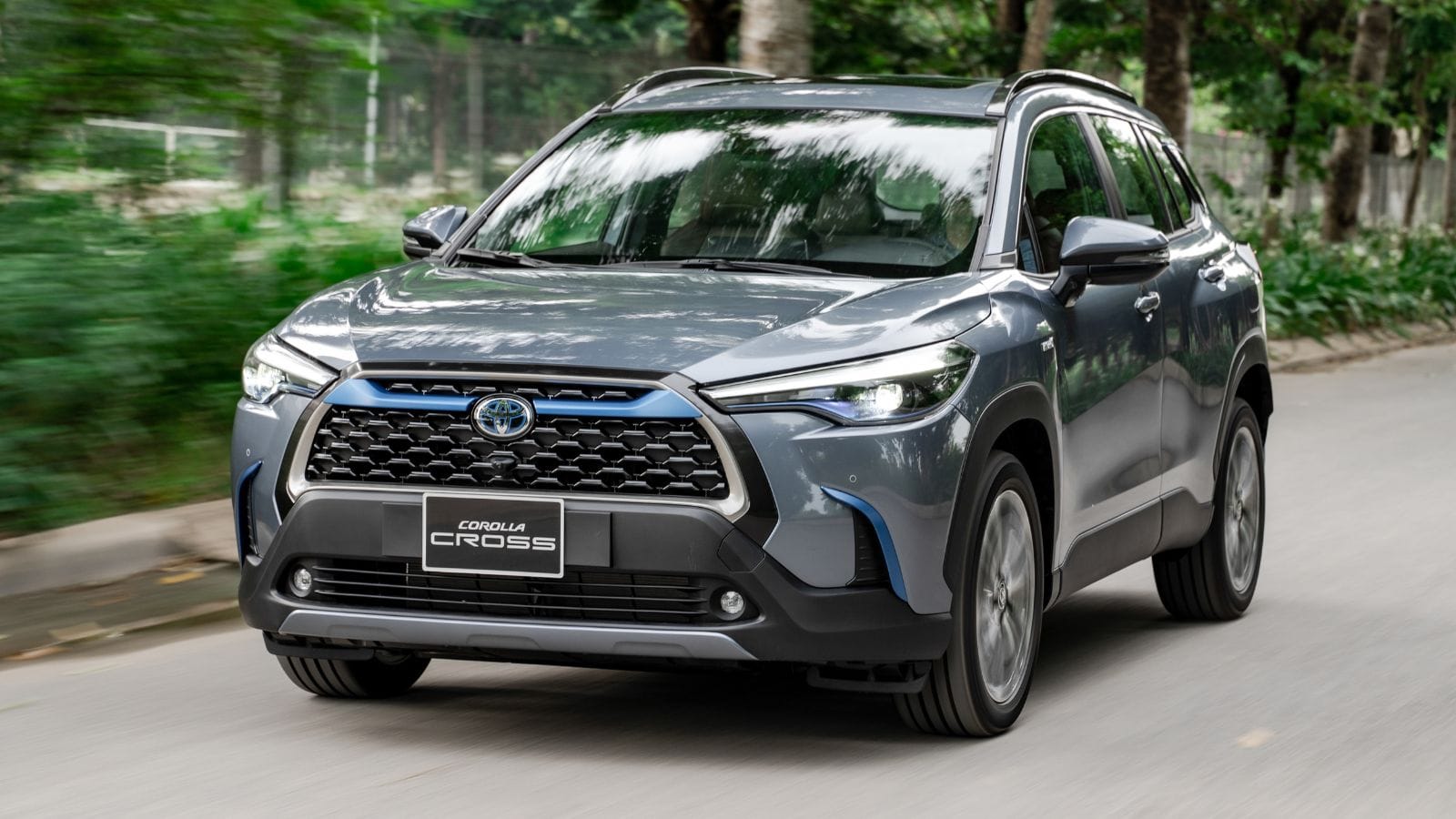
A Canadian favorite for generations, the Toyota Corolla has always offered considerable value in a compact package. However, with its Japanese production and increasing reliance on imported parts, tariffs are starting to erode its affordability. The 169-horsepower 2.0L engine is efficient, but rising material and shipping costs could soon push base models well past $30,000. Its refined interior and Toyota Safety Sense features once made it a bargain. Now, they’re edging it toward luxury-class pricing.
Honda Civic
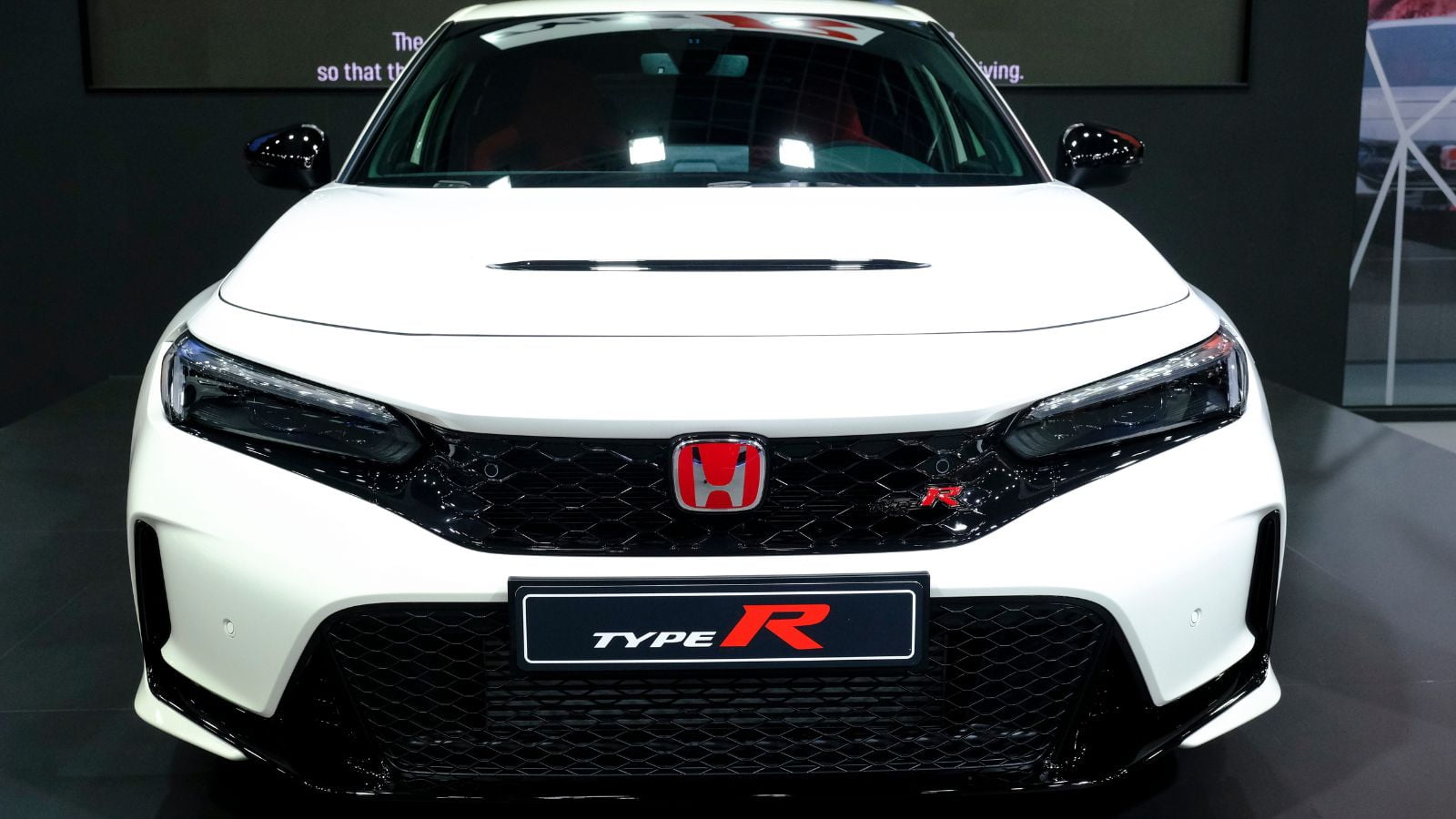
Built in Canada but deeply tied to global supply chains, the Civic is not immune to the fallout from tariffs. With a turbocharged 1.5L engine that strikes a balance between power and fuel economy, and a sleek, tech-forward interior, it is a top pick in the compact class. But supply constraints and inflated parts costs are pushing the Civic’s lease pricing up by the month. What used to be a $25,000 base model now easily approaches $30,000 with minimal add-ons. If tariffs persist, Canadians may find themselves paying near-premium prices for what was once the country’s best-selling car.
Hyundai Elantra
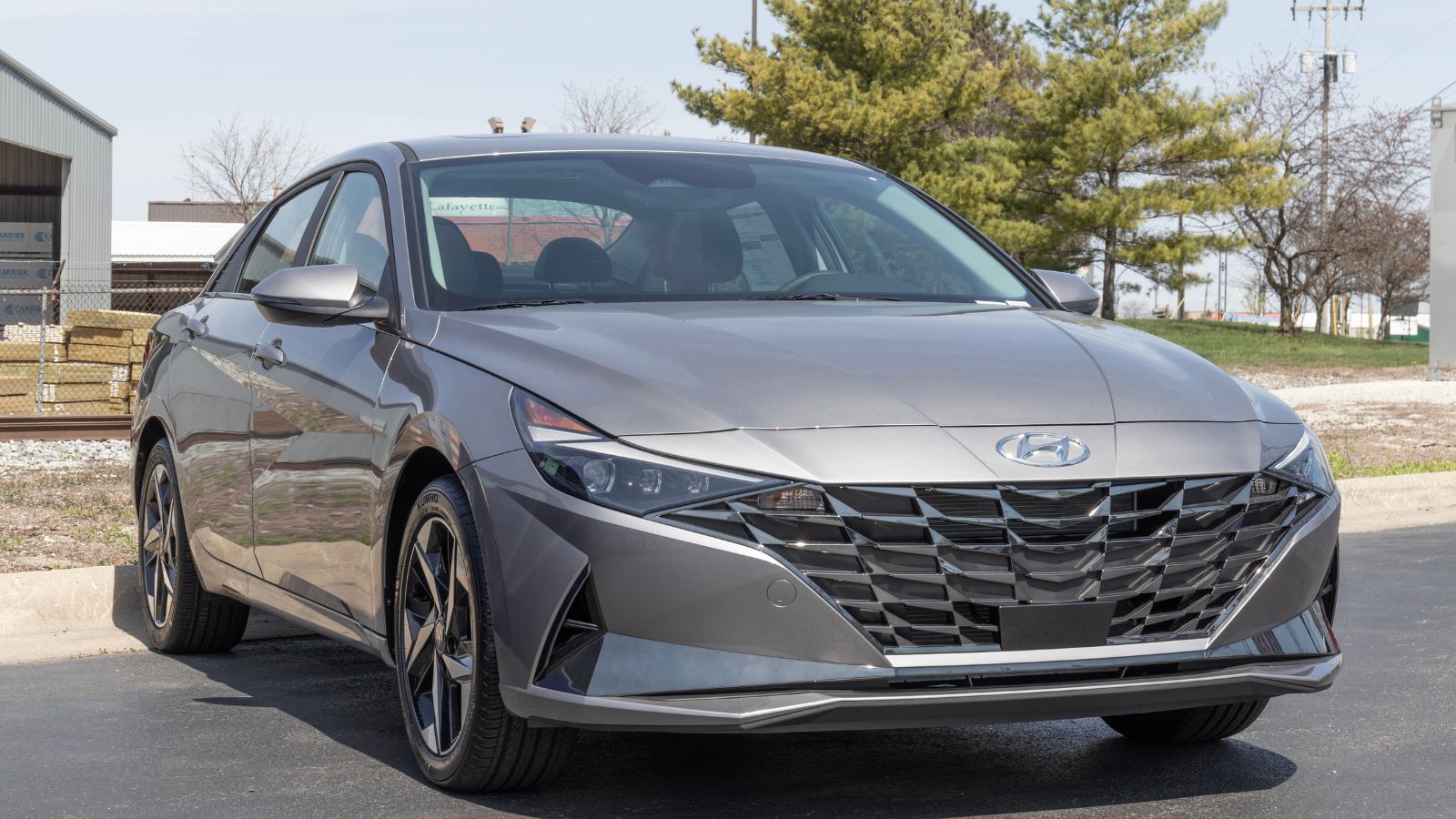
Once a poster child for affordable style, the Hyundai Elantra now finds itself on unstable pricing ground. With bold design, wireless Apple CarPlay, and a fuel-efficient 2.0L engine, the Elantra still delivers serious bang for your buck. However, most trims are assembled outside North America, making them particularly vulnerable to fluctuations in trade duties. A well-equipped Elantra Preferred trim that once leased for under $300/month now flirts with $400, and dealer incentives are shrinking. As tariff costs compound, the Elantra risks transitioning from value darling to unexpected luxury.
Kia Forte
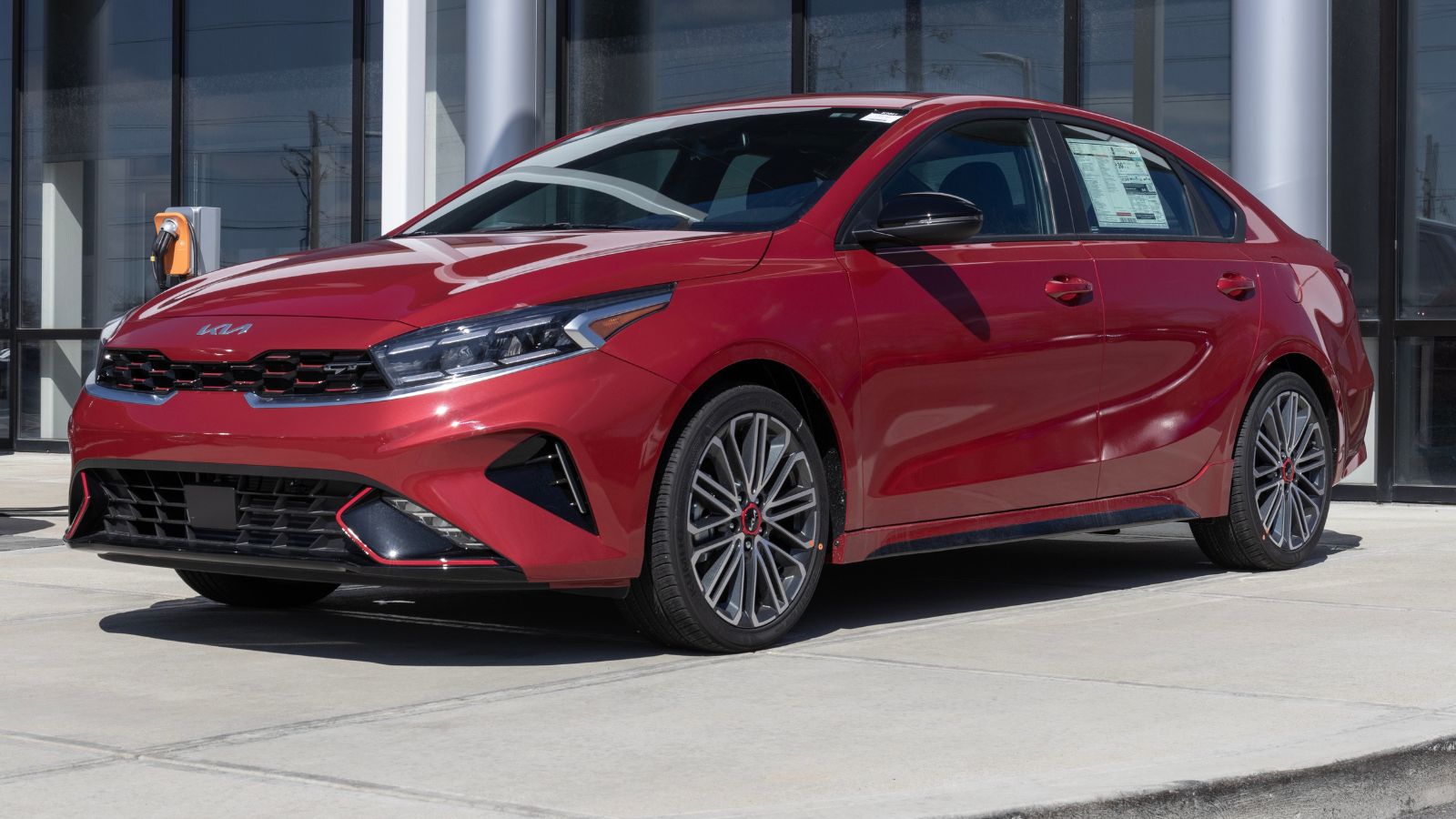
Kia’s Forte has carved out a niche as one of Canada’s most affordable compact sedans, with a feature-rich interior and dependable 2.0L engine. But even this budget warrior is feeling the pressure of tariffs. Built in South Korea, the Forte faces added import duties that are beginning to reflect in both MSRP and lease pricing. Features like heated seats, advanced driver assists, and an 8-inch infotainment screen used to feel like bonuses, but are now inflating the price into another bracket. With incentives shrinking and costs climbing, the Forte could lose its place as a value leader and join the ranks of aspirational compacts.
Mazda3
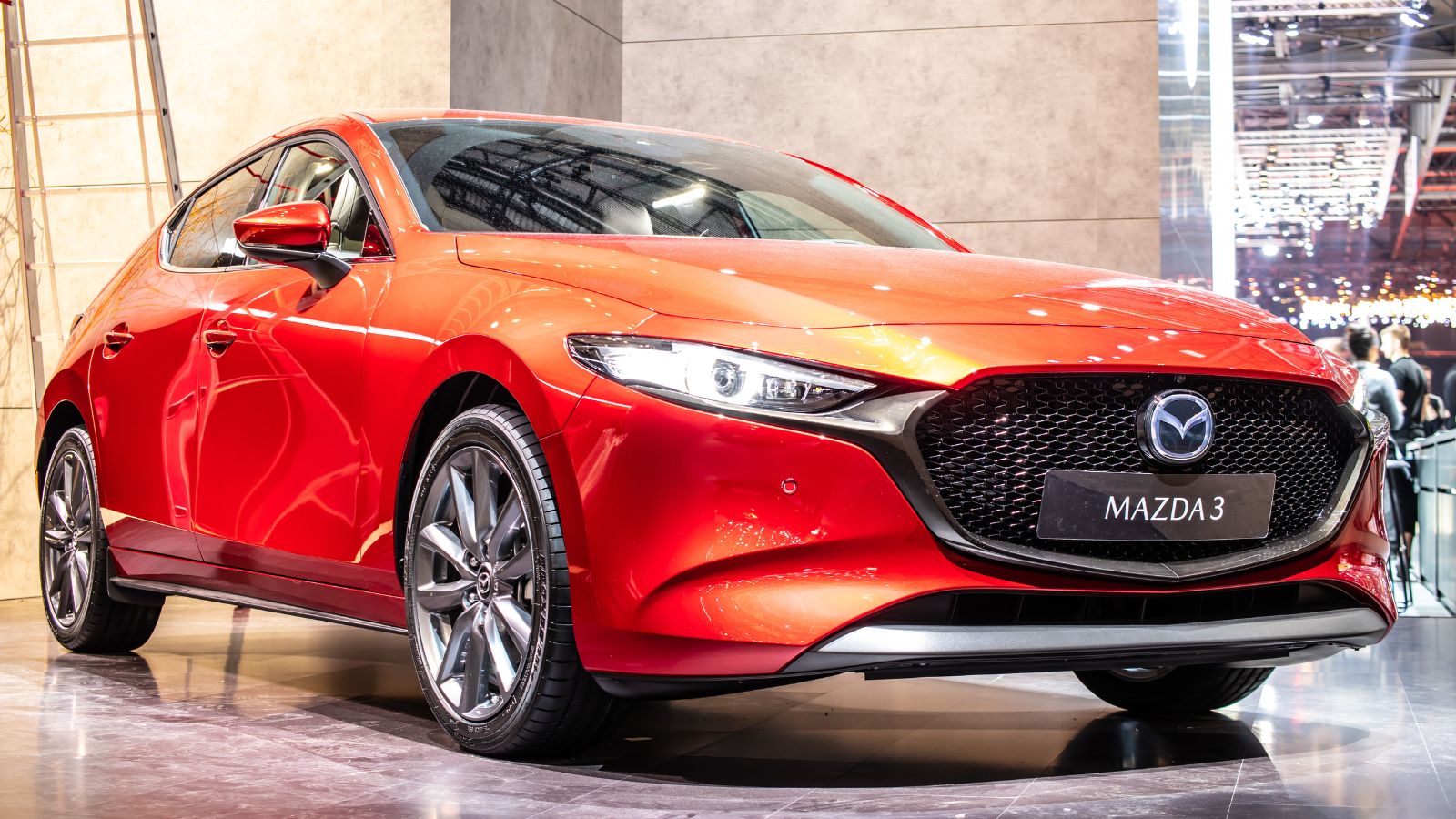
The Mazda3 has always straddled the line between economy and elegance, with refined handling, upscale interiors, and a zippy Skyactiv-G engine that punches above its weight. But the Japanese-built model is no longer immune to global price shocks. Tariffs on parts and imports are raising dealer invoice prices, and fewer promotional lease offers are making monthly costs noticeably higher. A model that once undercut its European competitors on price now threatens to match them in price. With rising delivery fees and parts tariffs, the Mazda3 could soon be viewed less as an affordable compact and more as an entry-level luxury vehicle.
Nissan Sentra
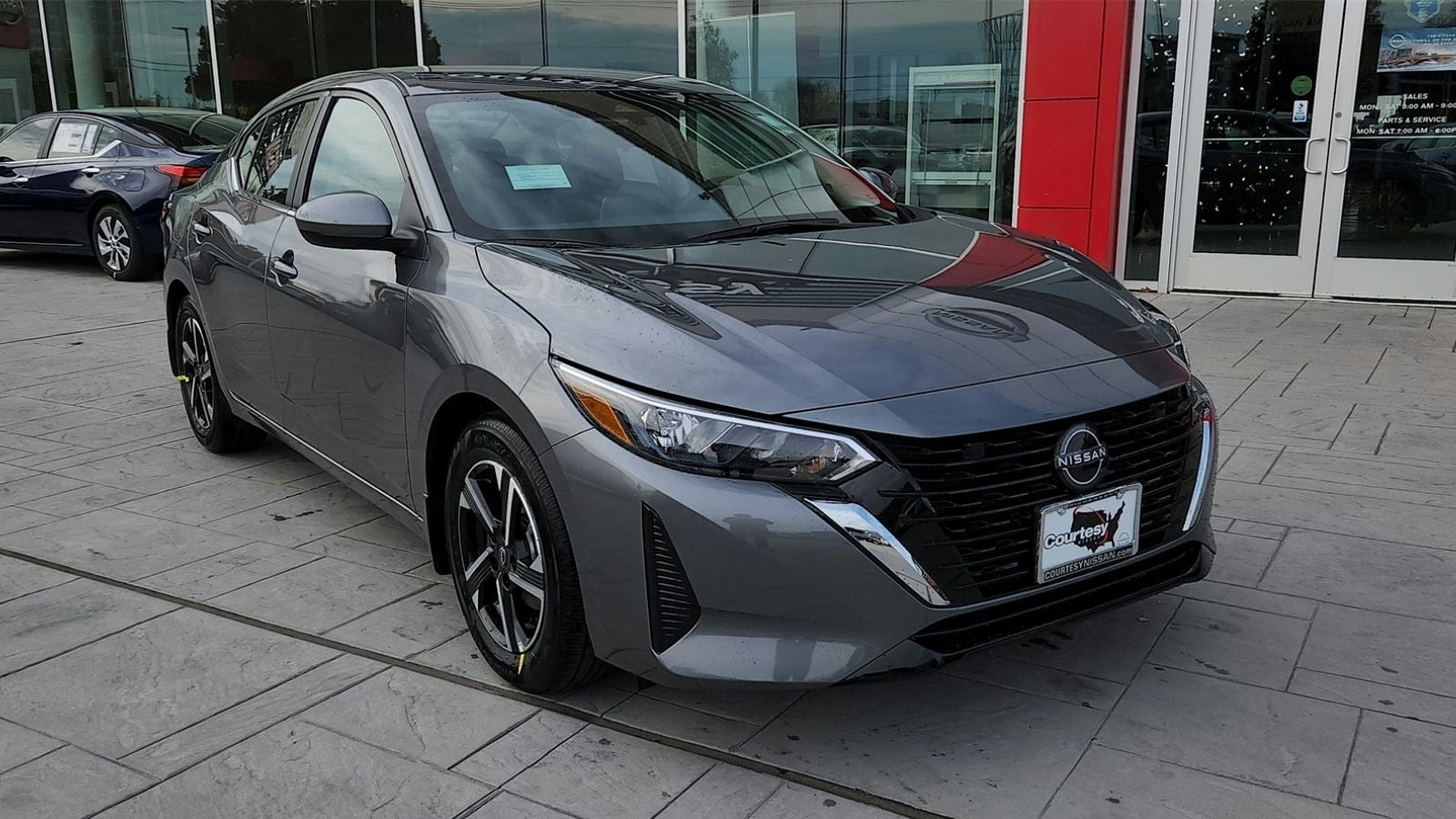
The Nissan Sentra has reinvented itself in recent years as a stylish and surprisingly well-equipped compact sedan. With a 149-horsepower 2.0L engine, a spacious cabin, and advanced safety features standard, it’s been a solid deal until now. Assembled in Mexico with components sourced globally, the Sentra sits squarely in the crosshairs of tariffs. Dealers are already tightening discounts, and base models now regularly cross the $26,000 threshold. As cross-border supply costs increase, so does the Sentra’s price tag. Once an affordable commuter with upscale touches, it’s now at risk of being priced out of reach for the budget-conscious Canadian buyer.
Subaru Impreza
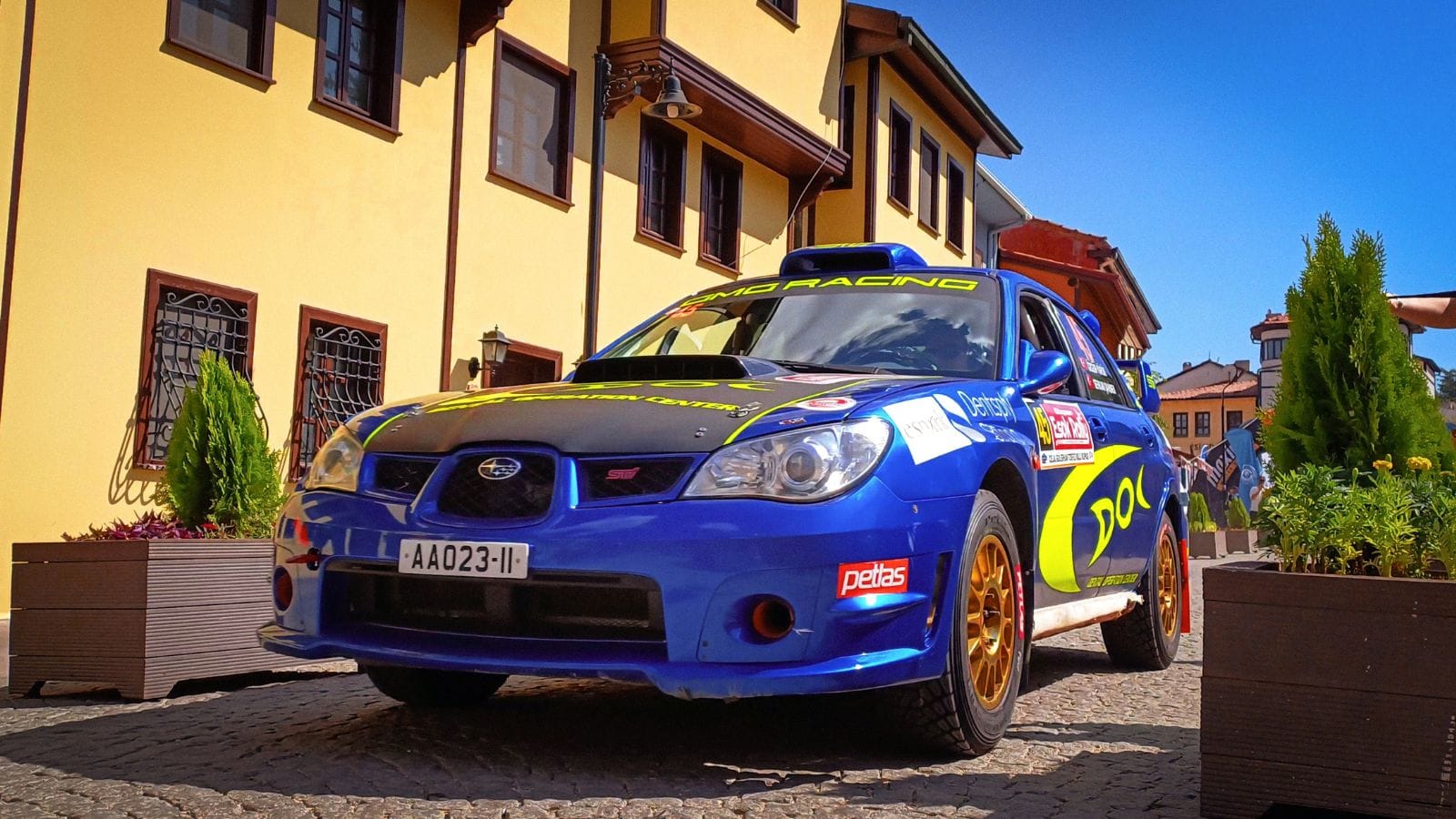
Known for its standard all-wheel drive and reliability, the Subaru Impreza has long been a value standout in Canada’s compact segment. But as a Japanese-built vehicle with high import exposure, it’s feeling the squeeze. The Impreza’s 2.0L BOXER engine and well-appointed interior still appeal, but pricing is creeping upward, especially on leases. What once made the Impreza a champion in cold climates may now price it beyond practical reach. If tariff trends persist, Subaru may reserve those base-model bargains for other markets, pushing Canadians to pay more for the same snow-ready features.
Volkswagen Jetta
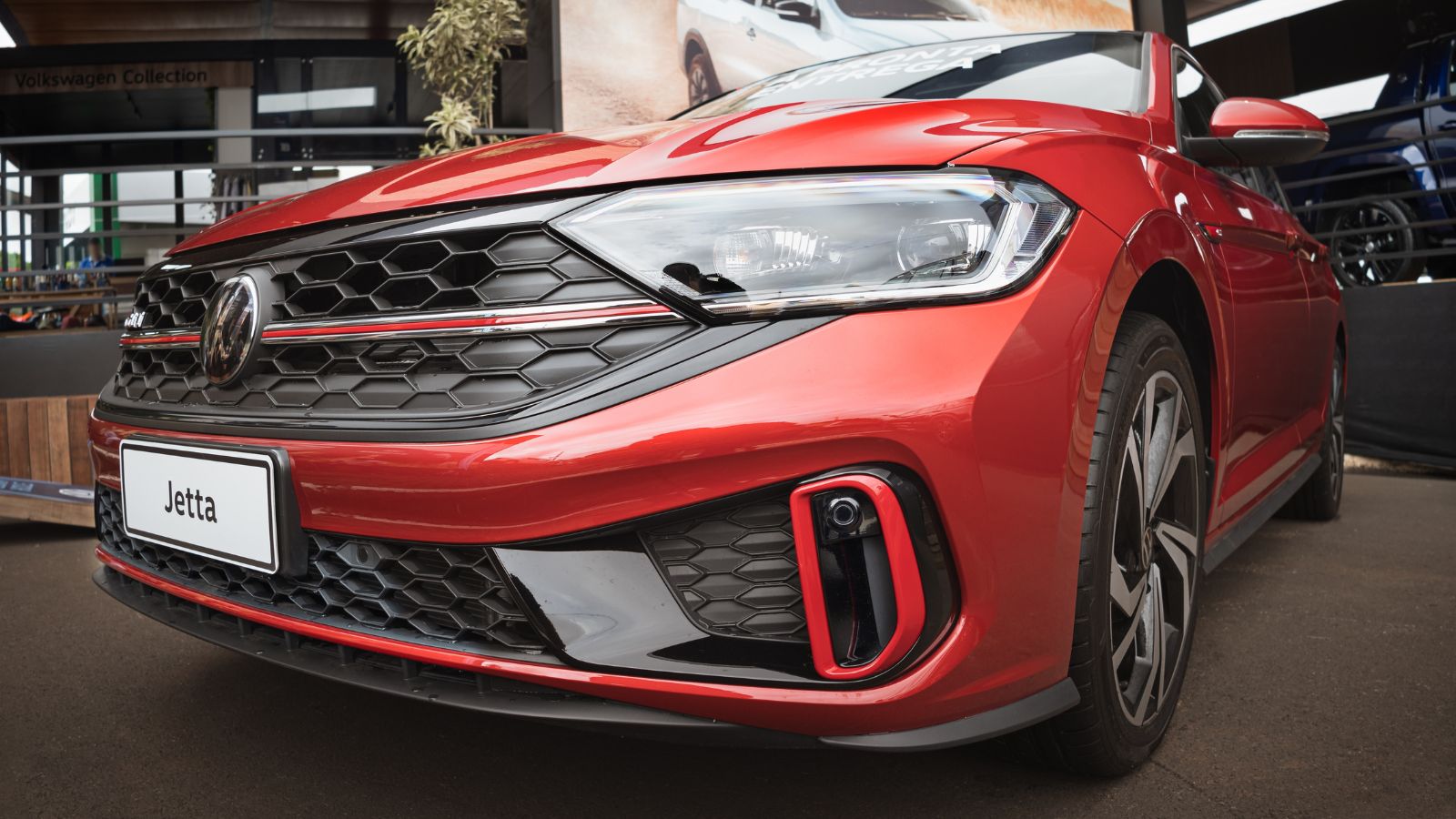
The Jetta has often been seen as a more refined take on the compact sedan, offering European engineering at a non-luxury price. But that affordability may be fading. With a 1.5L turbocharged engine and a smooth, minimalist interior, the Jetta remains competitive. However, parts are sourced globally, and the vehicle is built in Mexico, which are two factors making it increasingly tariff-sensitive. Fewer lease promotions and higher dealer prices are already being reported. If tariffs escalate further, Canadians might see the Jetta inch closer to $35,000 with modest trims.
Toyota Yaris (Hybrid)
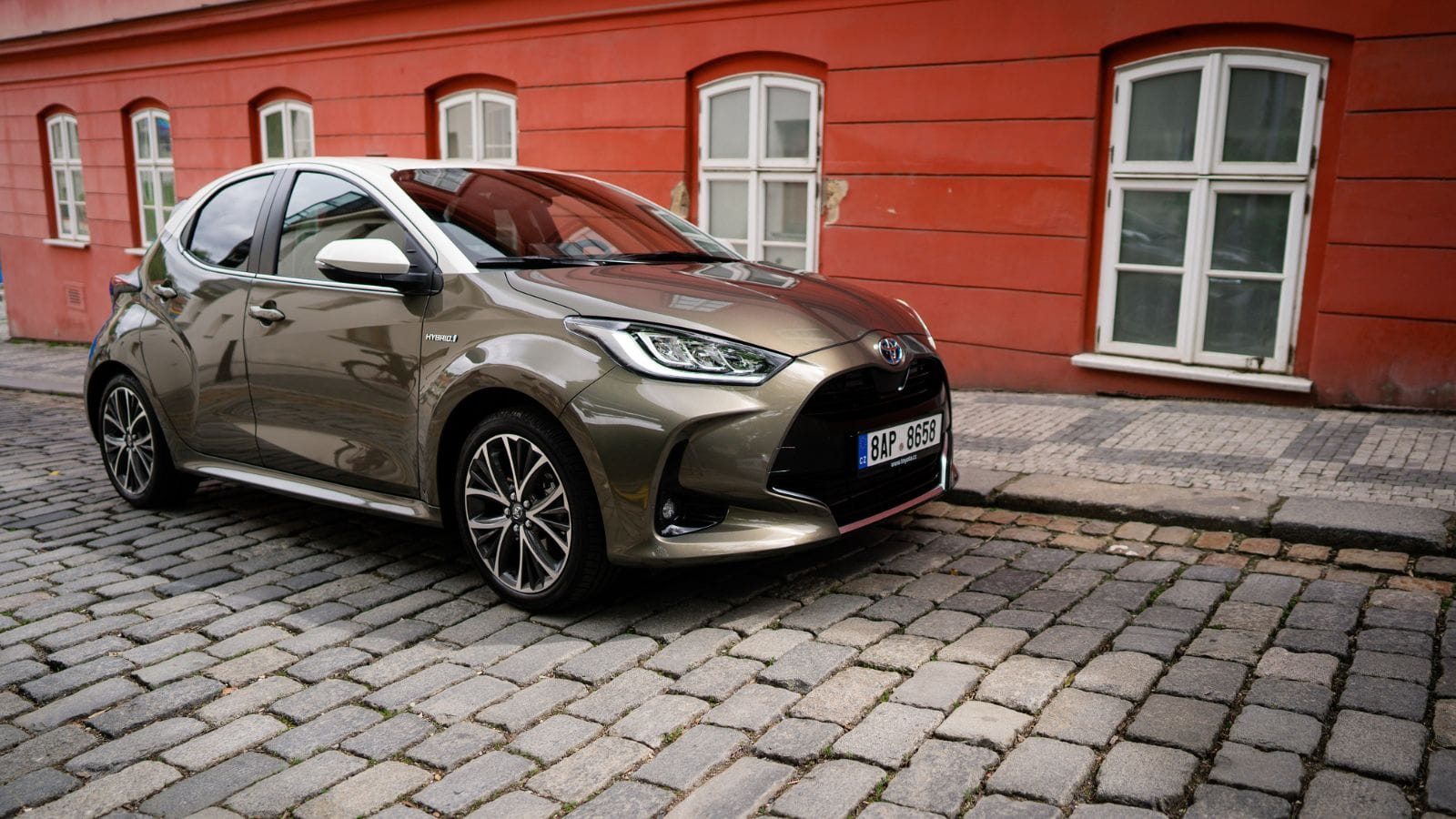
The Yaris Hybrid, a staple in urban Canada for its ultra-low fuel consumption and compact convenience, is becoming a victim of its efficiency. Imported from Japan and loaded with electrified components that attract higher duties, the Yaris is seeing substantial price inflation. Its peppy hybrid powertrain and surprising cabin space made it a no-brainer for city dwellers. But as tariffs hit batteries and hybrid systems, prices are spiking faster than consumers realize. Lease deals have nearly vanished, and dealership supply is tightening; what used to be one of the most affordable hybrids might soon carry a price tag reserved for premium compacts.
Hyundai Kona
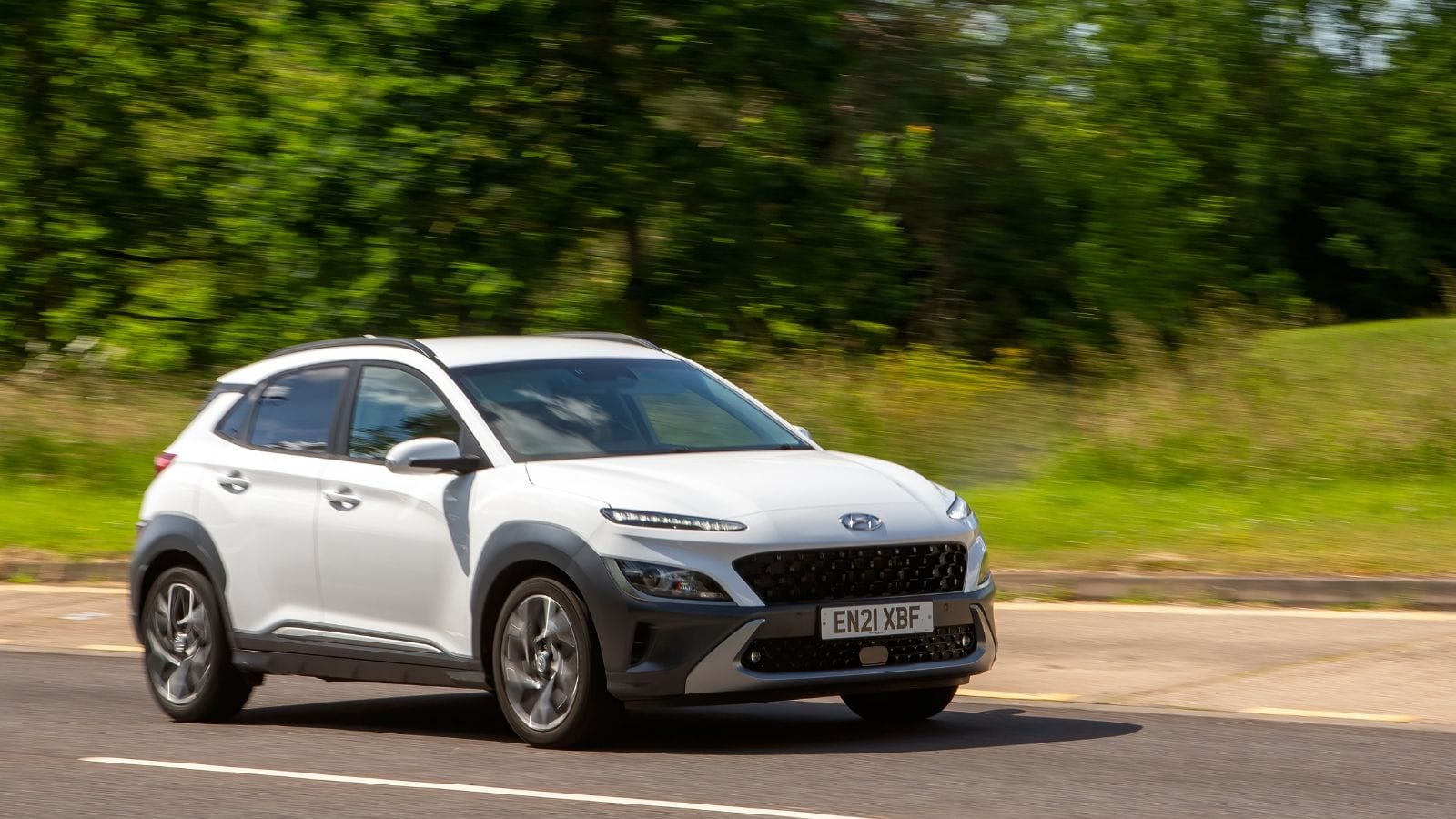
This subcompact crossover has enjoyed wild popularity in Canada thanks to its nimble handling, innovative features, and competitive pricing. However, much of Kona’s production originates from South Korea, leaving it vulnerable to fluctuations in trade policies. With a 2.0L engine or optional 1.6L turbo, and a surprisingly tech-forward interior, the Kona was once an underdog SUV with real charm. Now, monthly payments are climbing, especially on AWD trims, and fewer incentives are being offered nationwide.
Kia Soul
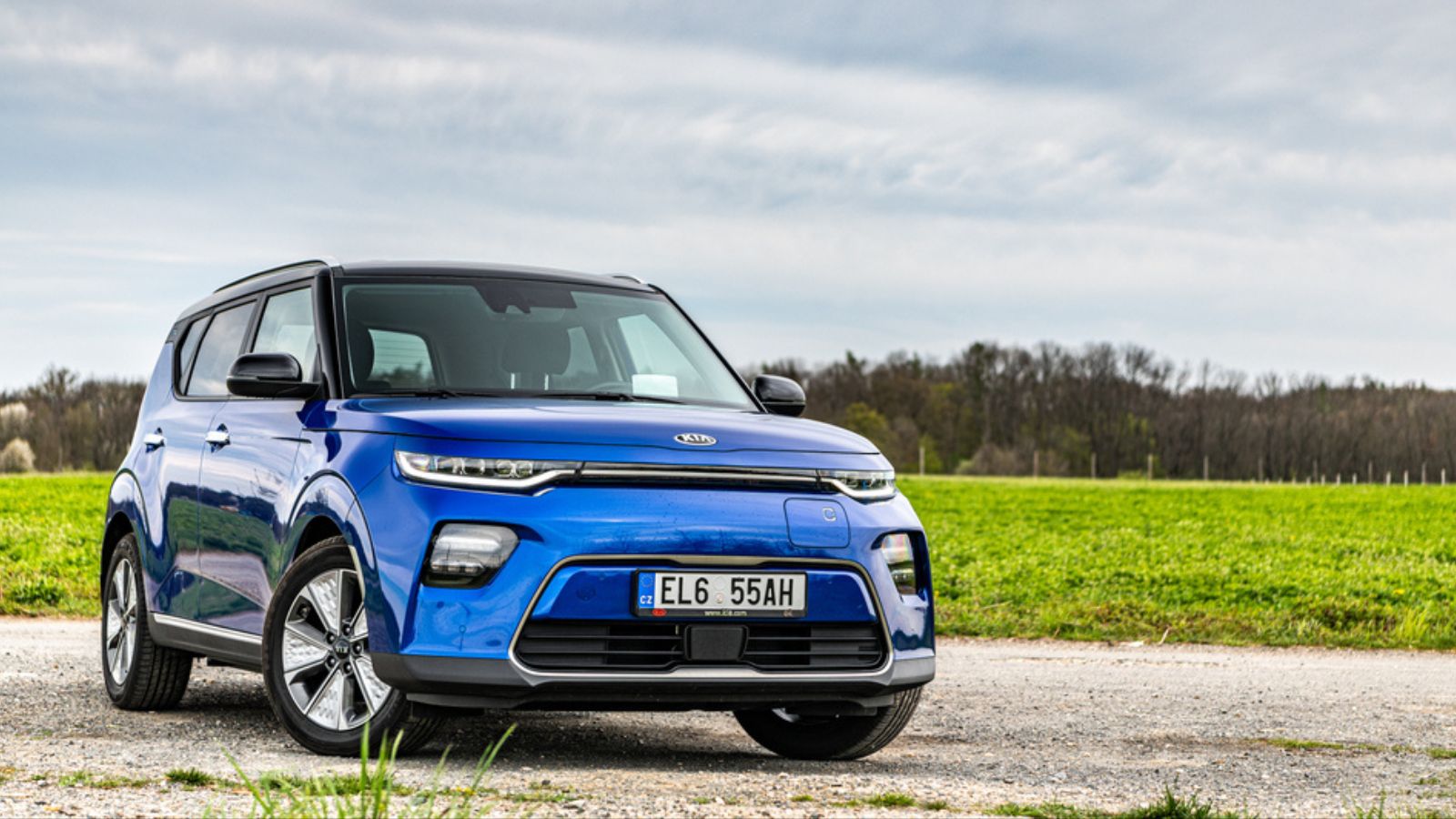
With its unmistakable boxy design and spacious, quirky interior, the Kia Soul has always been a fun and affordable urban vehicle. But its South Korean production base and extensive use of imported electronics make it a sitting duck for tariff inflation. A base Soul LX with a 2.0L engine used to be one of the cheapest crossovers on the market. Today, it’s hovering above $26,000 with few incentives left. As additional tariffs loom, the Soul could lose its signature budget appeal. It may still turn heads, but if costs rise further, it’ll be turning wallets inside out, too.
Mitsubishi Mirage
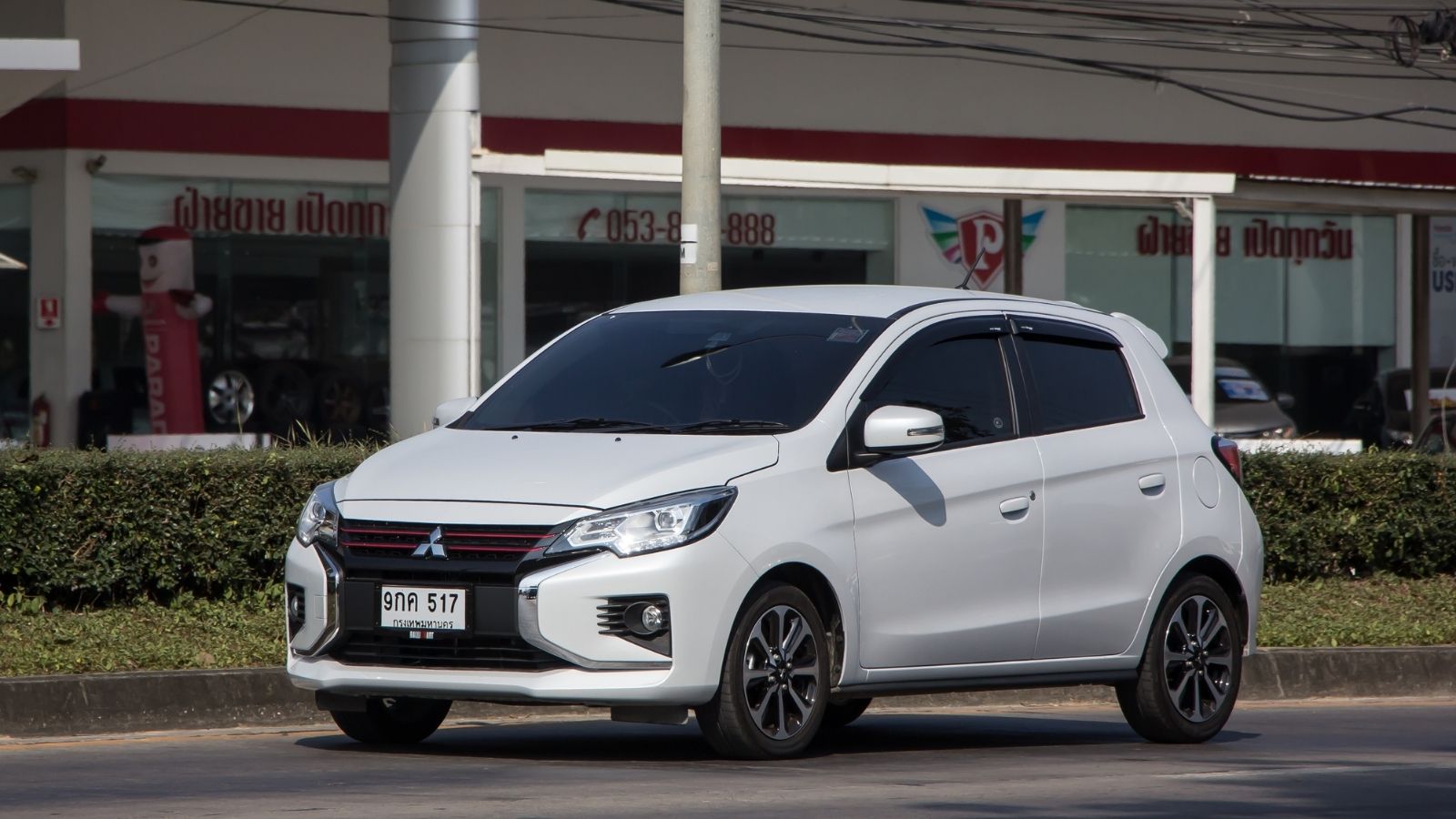
Once the king of the bargain bin, the Mitsubishi Mirage has survived thanks to its ultra-low MSRP and fuel-sipping 1.2L engine; however, its value is eroding as tariffs accumulate. Assembled in Thailand and shipped worldwide, the Mirage is uniquely vulnerable to global trade shocks. In a matter of months, it has evolved from a $14,000 city car to a $20,000+ lease proposition, once fees, taxes, and delivery are factored in. Despite its bare-bones features and modest performance, the Mirage could soon become too pricey for even first-time buyers.
Chevrolet Trax
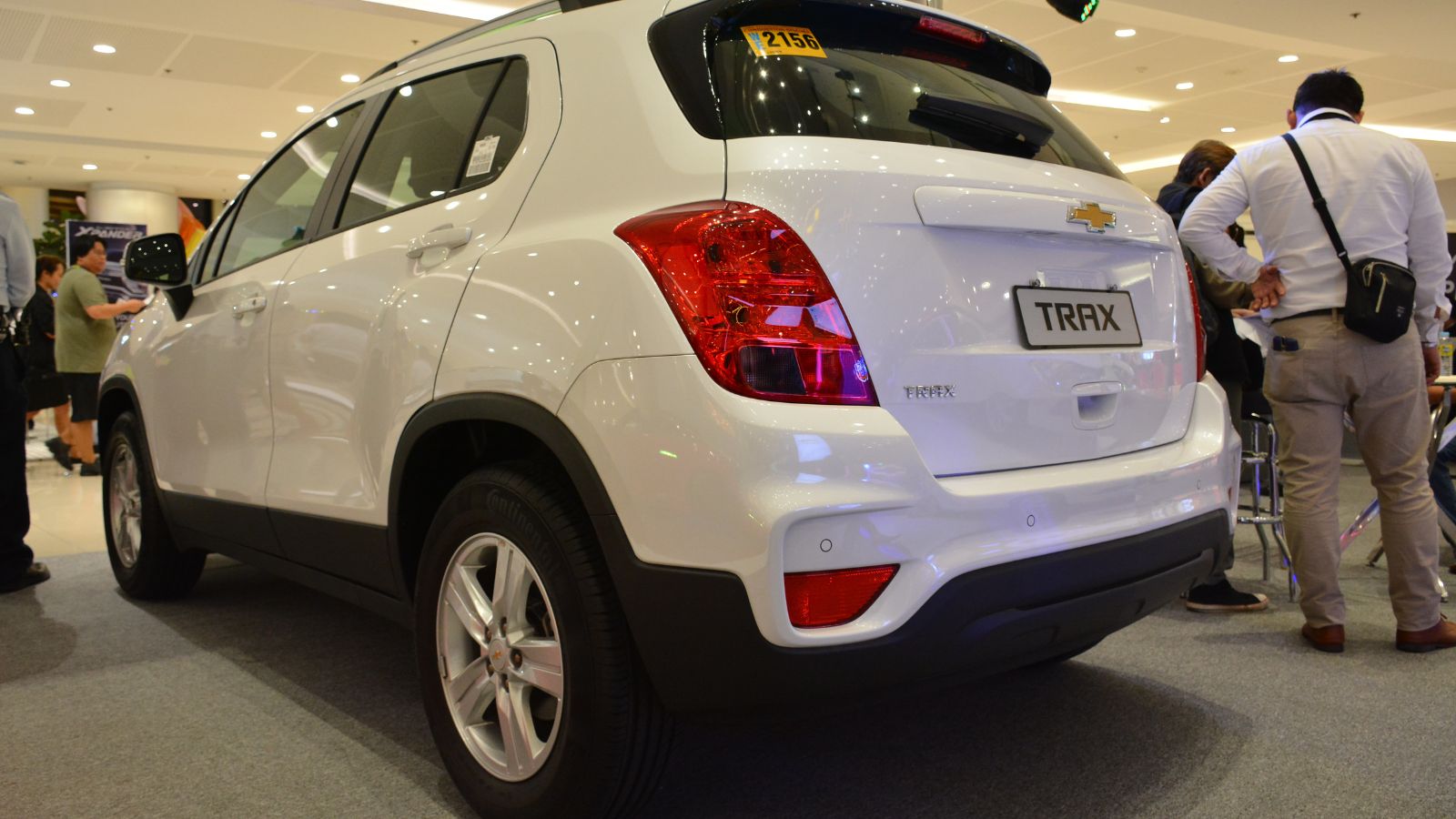
As one of GM’s smallest and most affordable crossovers, the Chevrolet Trax has carved a niche with budget-conscious Canadians. But the Trax, built in South Korea and Mexico, is far from tariff-proof. Despite a modest turbocharged engine and basic cabin, its pricing is inching toward $30,000 territory. Lease programs that once enticed with sub-$300/month deals are now approaching $400, and dealer stock is thinning. If trade costs keep climbing, the Trax could become an unlikely luxury option, without any of the luxury perks.
Ford EcoSport
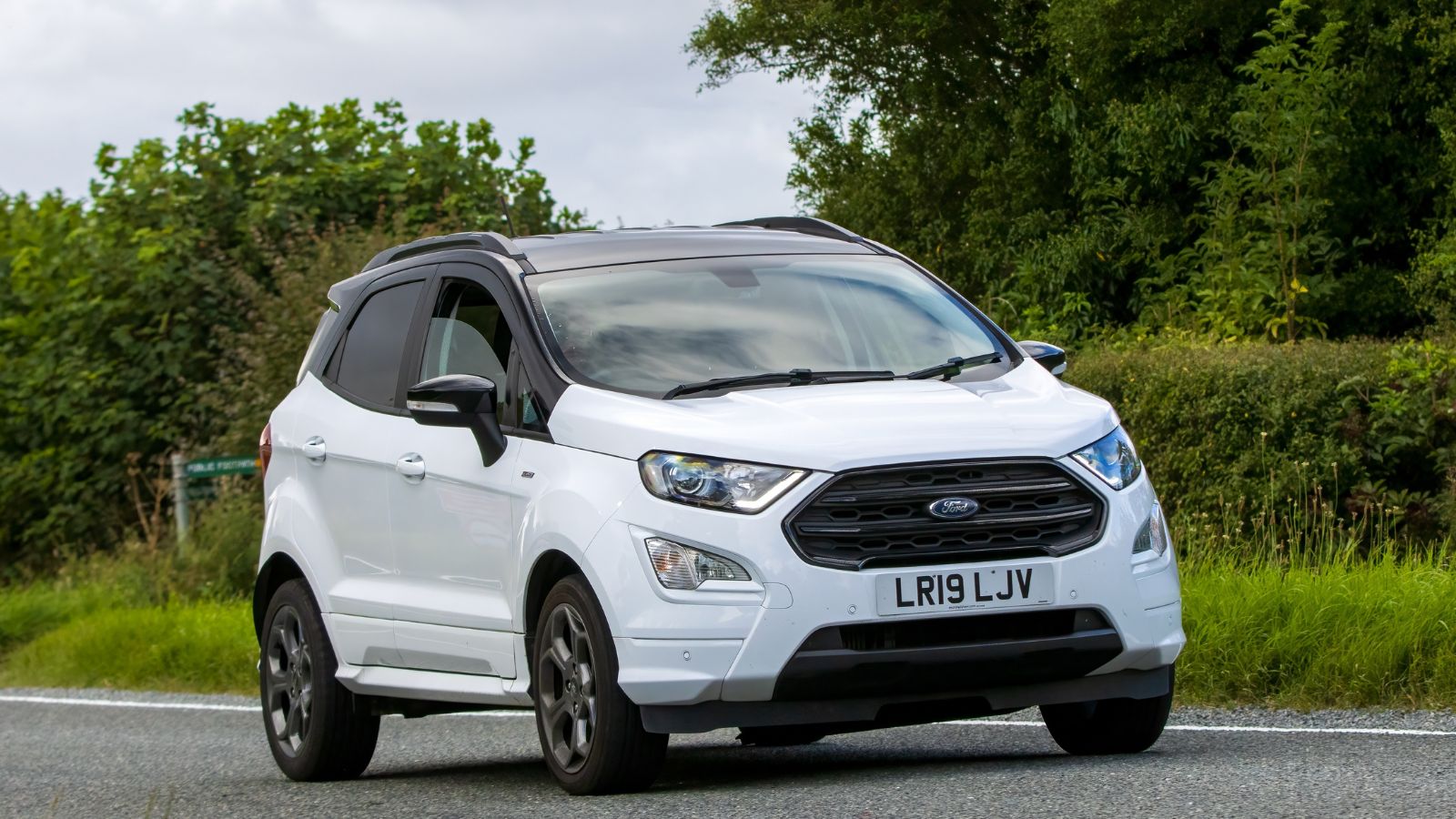
Ford’s subcompact EcoSport hasn’t always been the darling of reviewers, but its accessible price and high seating position made it popular in urban Canada. However, being imported from India and filled with global components, the EcoSport is deeply exposed to trade volatility. With a 1.0L turbocharged engine and simple interior, the value proposition isn’t what it once was. Tariff increases have sent prices climbing, and Ford’s decision to phase it out in some markets could accelerate inflation.
Nissan Kicks
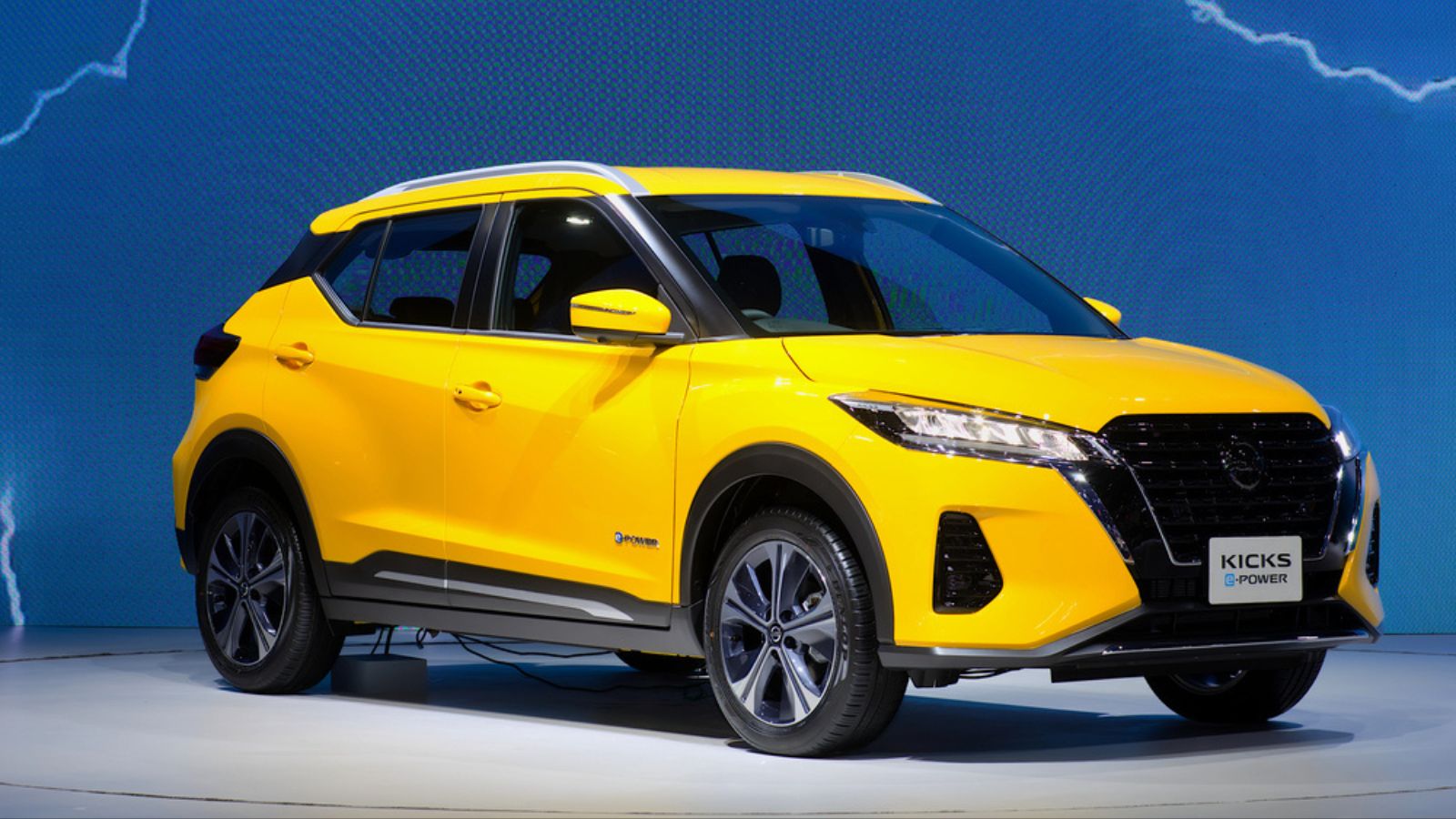
The Nissan Kicks was once hailed as the perfect blend of small crossover utility and fuel-friendly performance at a friendly price. With a 122-horsepower 1.6L engine and a tech-focused interior, it was popular with first-time car buyers and urban dwellers. But being built in Mexico with global parts has made the Kicks highly tariff-sensitive. Lease deals have become increasingly rare, and base pricing has risen above $26,000 in many regions. If tariffs on components or border trade spike again, the Kicks might soon leave the budget crossover category behind, becoming more of a boutique buy than a practical starter SUV.
Honda HR-V
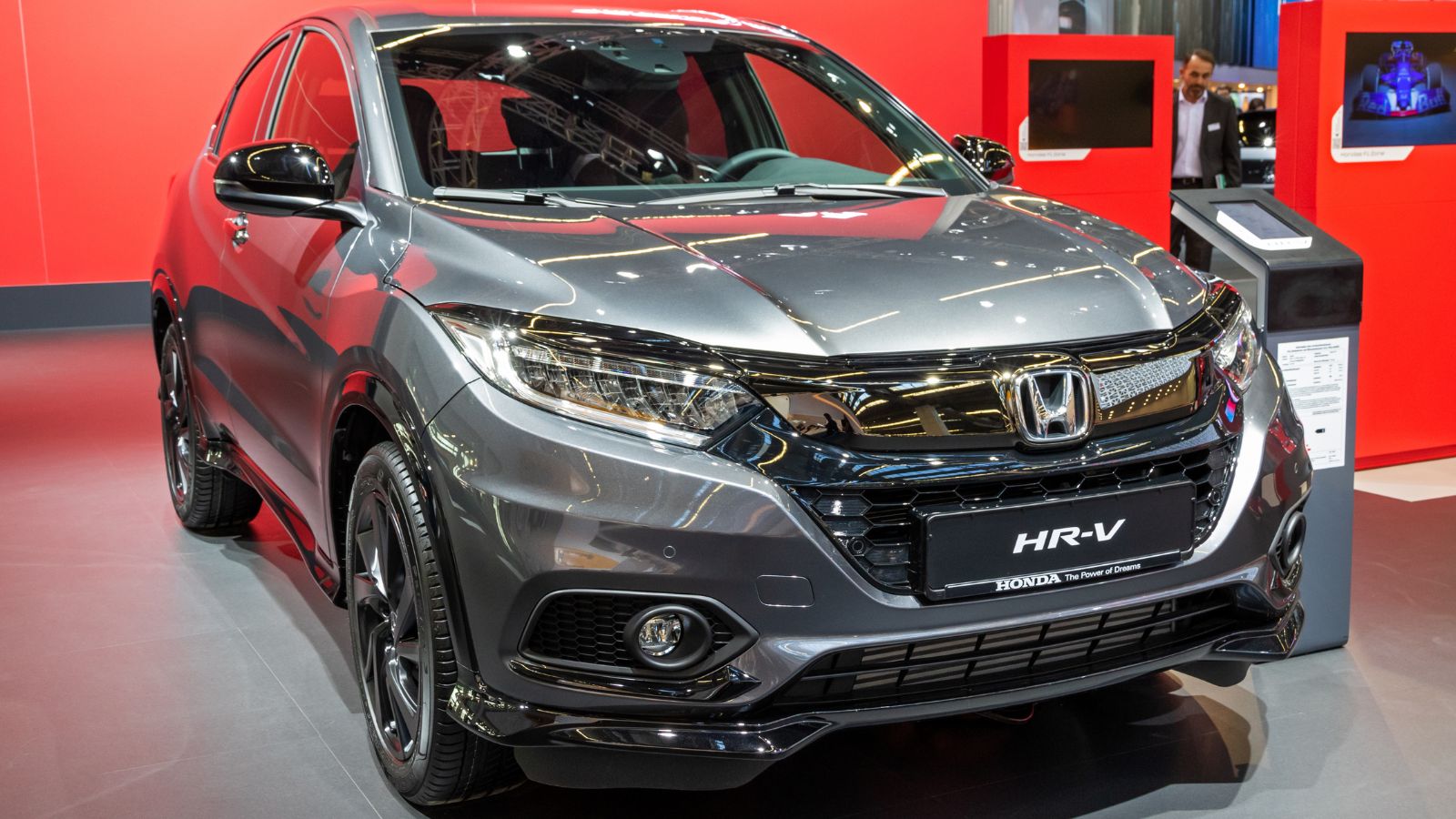
The HR-V was always positioned as a versatile, affordable crossover with the DNA of a Honda Civic and the utility of an SUV. However, with the newest generation being built in Mexico and equipped with high-tech driver-assist features, it has become a prime target for post-tariff price hikes. With its 158-horsepower 2.0L engine and elevated ride, it still appeals; however, buyers are noticing a significant increase in lease pricing. At nearly $33,000 for mid-level trims, the HR-V is becoming a harder sell to young families and budget-conscious urbanites. If trade tensions persist, it may end up wearing an Acura-like price tag.
Mazda CX-3
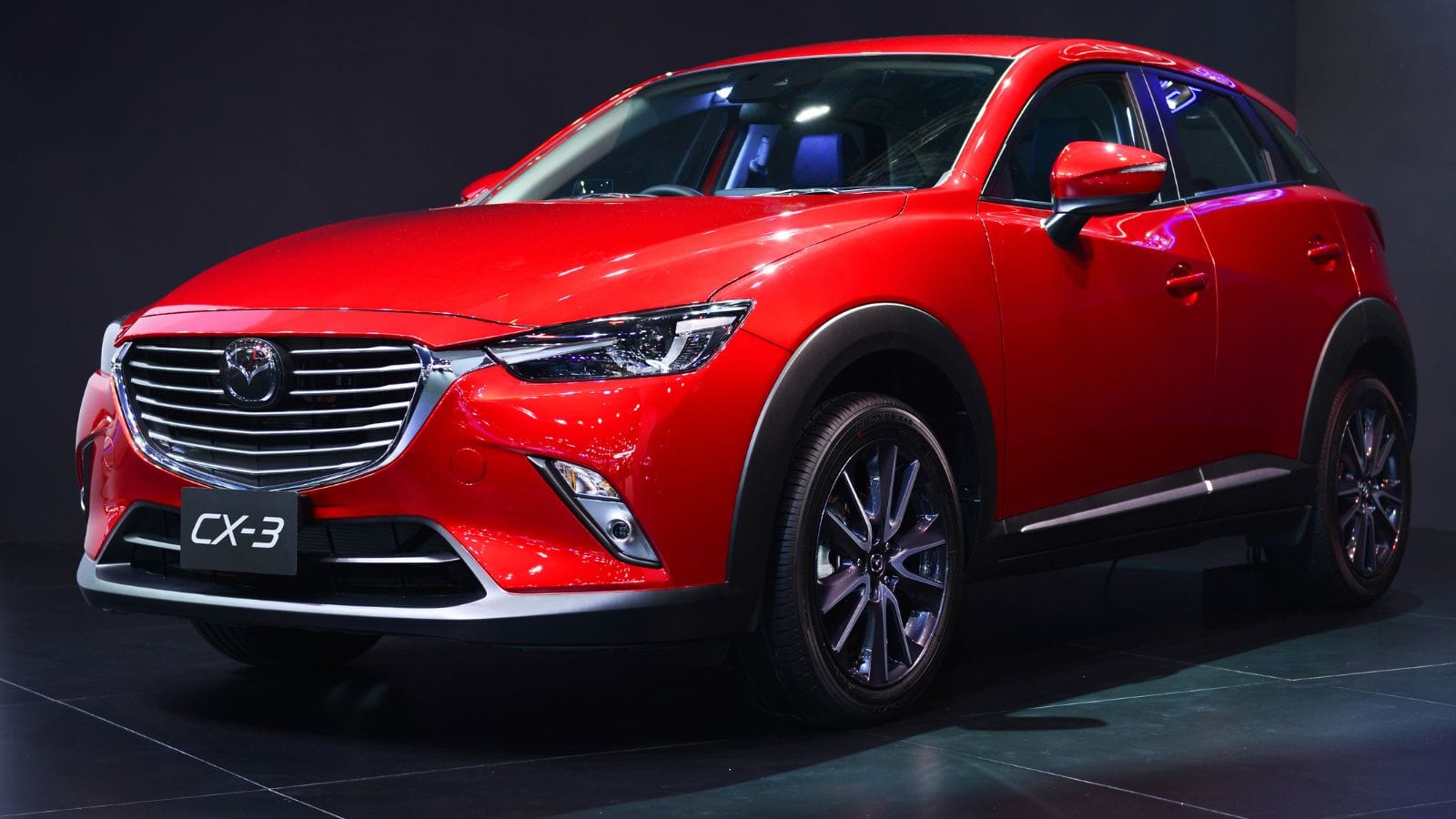
This agile, subcompact crossover offered upscale design at an entry-level price. But being built in Japan and using specialized Skyactiv components has made the CX-3 especially sensitive to tariff fluctuations. While Mazda has phased out the CX-3 in some regions in favor of the CX-30, Canadians can still find it on dealer lots, albeit with fewer incentives and higher markups. The 2.0L engine and premium-feel interior are nice, but they are no longer the budget steals they once were. If the CX-3 lingers after tariff increases, it may only be available in top trims at premium pricing, blurring the line between economy and elite models.
Chevrolet Malibu
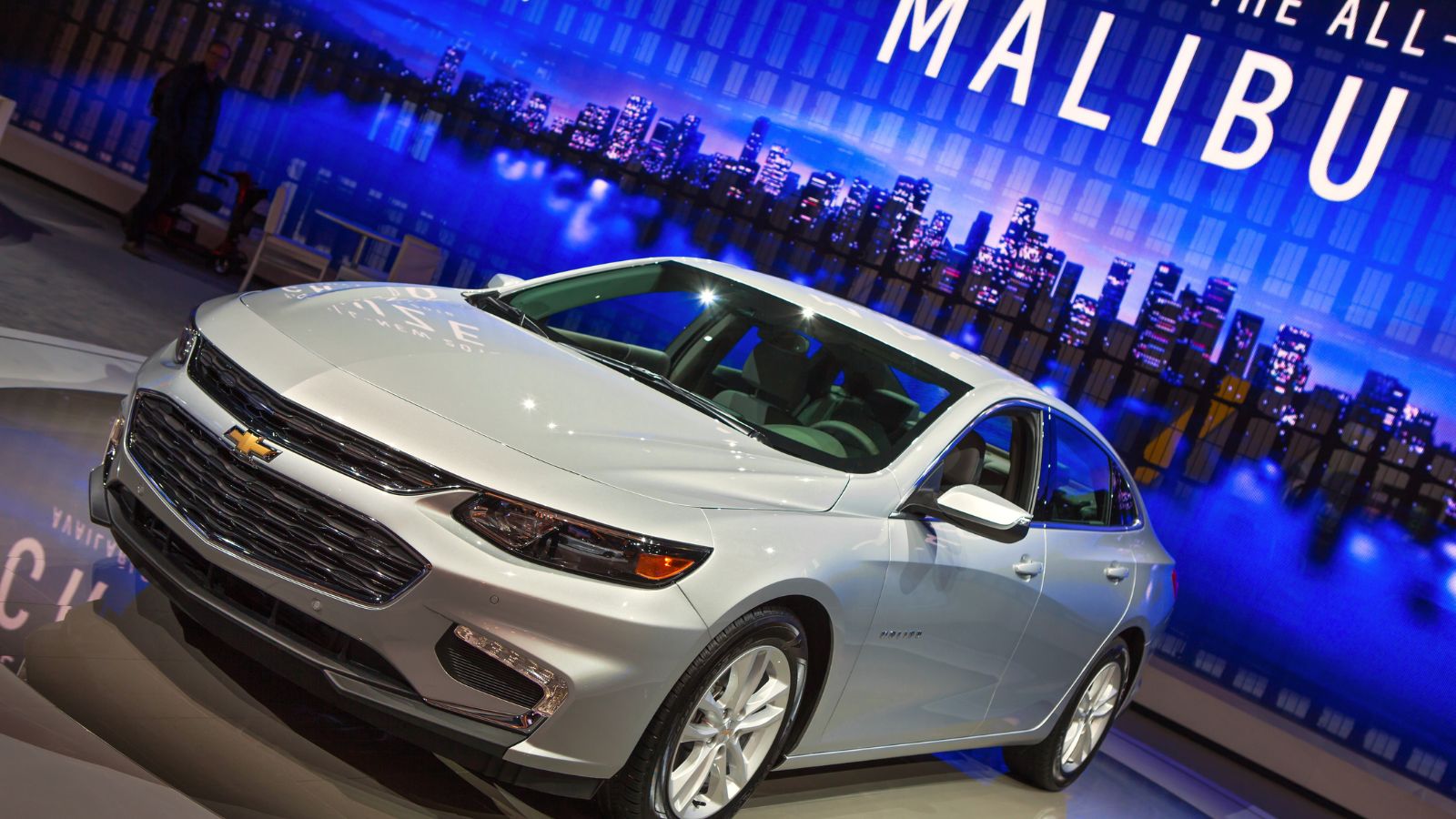
The Malibu was once a mainstay of Canadian family sedans, but is fading from affordability thanks to cross-border parts and shrinking production. With a 1.5L turbo engine and ample interior room, the Malibu used to undercut imports on price while holding its own in comfort. However, as supply chain tariffs take effect and domestic inventory levels decline, the Malibu is losing its cost advantage. Dealers are offering fewer leasing options, and remaining models are priced to protect margins. Once an affordable full-size option for commuters and families alike, the Malibu may soon exist only as a quasi-premium buy with little financial appeal.
Toyota Prius
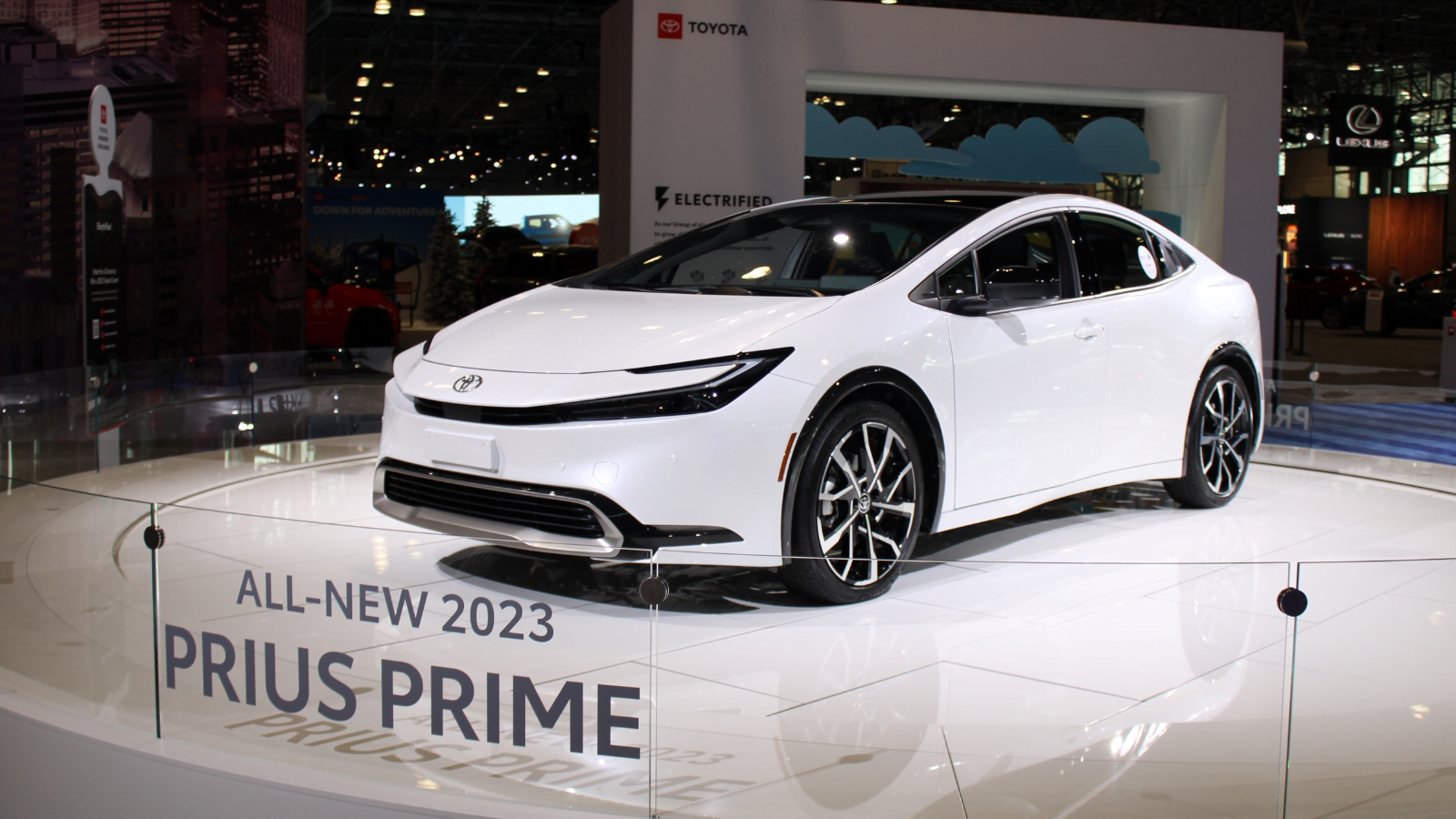
Canada’s go-to hybrid has always been slightly more expensive than gas-only compacts, but still within reach of most budgets. However, the Prius’s electrified powertrain and complex battery systems rely on imported materials that tariffs have significantly impacted. Base pricing is now creeping into luxury sedan territory, and Toyota’s usual leasing promotions are pulling back. The 121-horsepower hybrid setup still boasts incredible efficiency, but the financial gap between Prius and premium EVs is closing. What was once the sensible environmentalist’s daily driver may soon cost as much as a Lexus hybrid.
Mitsubishi Outlander Sport (RVR)
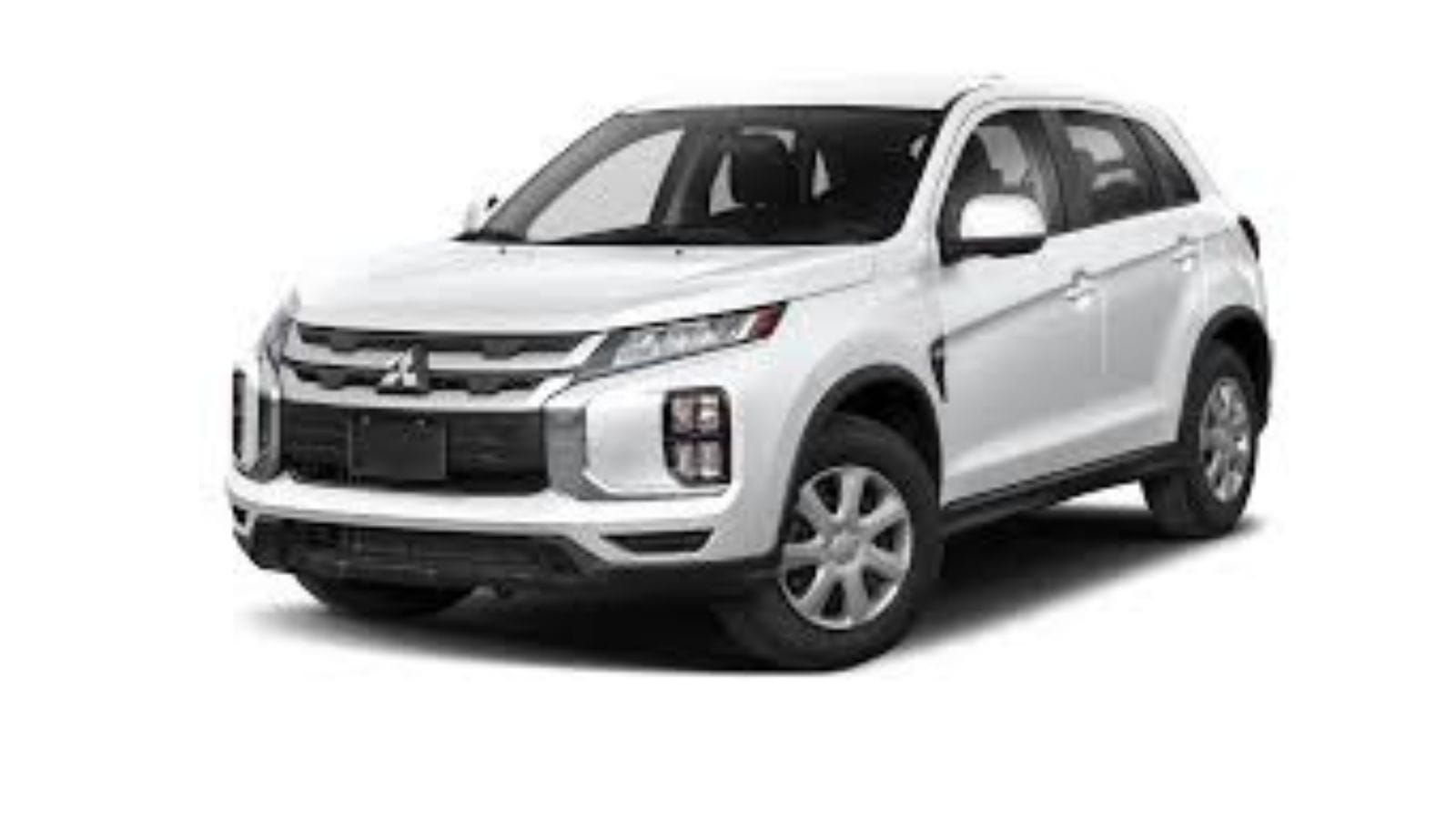
The Outlander Sport (RVR in Canada) is a compact SUV known for value and durability. However, with its Japanese sourcing and limited domestic parts content, tariffs are eroding its affordability. The 2.0L base engine and basic interior are insufficient to offset rising lease rates, especially when more advanced features push pricing close to $35,000. For a vehicle that once thrived on practicality and pricing, the shift is dramatic. Tariff-related increases have dulled its value proposition, making it a tougher sell against newer rivals, and it may soon be priced out of contention for Canadians seeking a true budget SUV.
Kia Rio
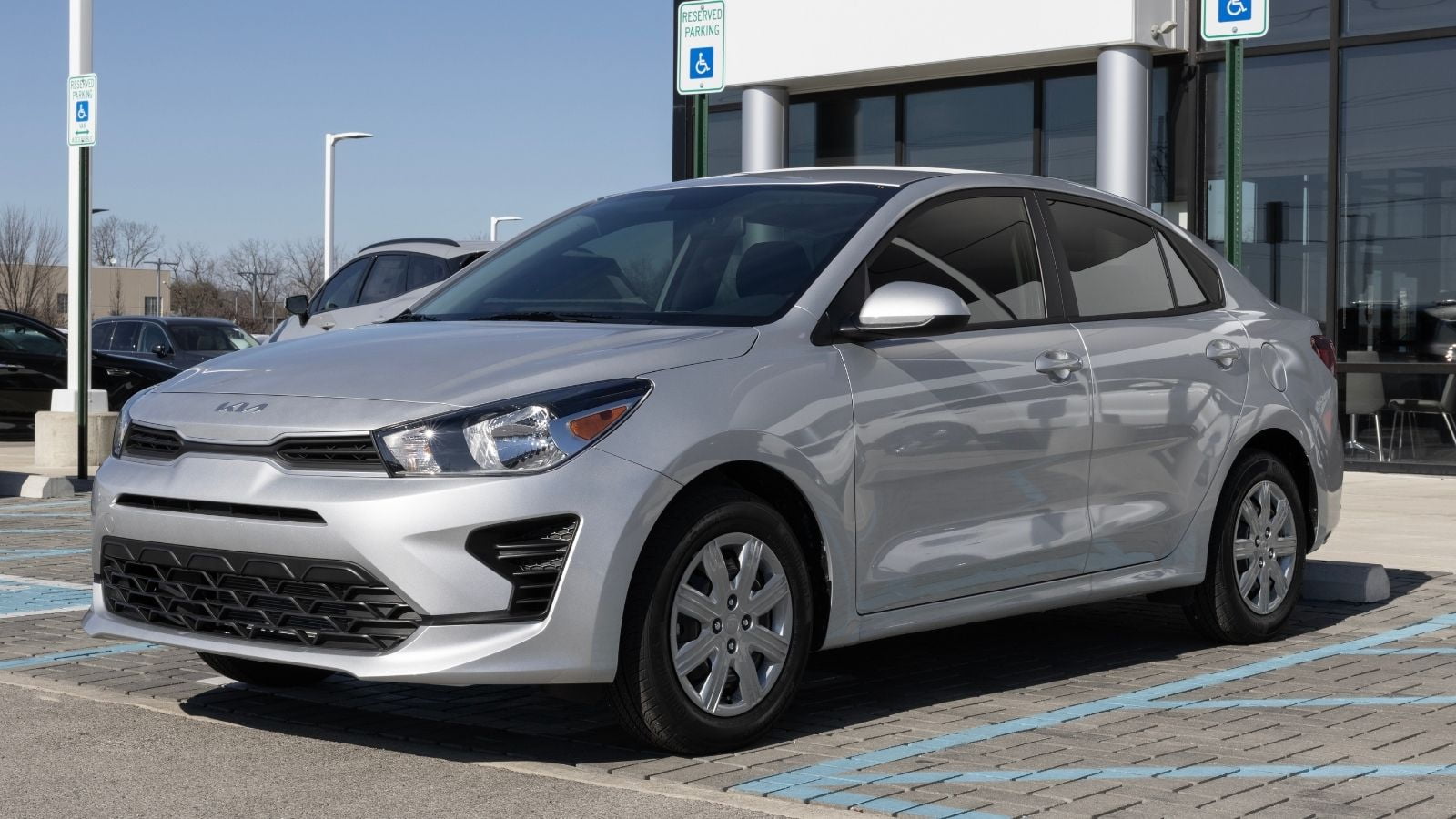
The Kia Rio hatchback has always been a top choice for students and first-time buyers. But as a Korean import with tariff-vulnerable electronics and safety tech, its pricing is no longer so humble. With a 1.6L engine and a surprisingly refined interior, the Rio offered grown-up features in a small package. Now, it’s approaching $23,000 even in base trims, and incentives are becoming increasingly difficult to find. If tariff talks fail to stabilize, the Rio could become a niche city car with an outsized price, and the once-accessible runabout may soon be reserved for those willing to pay a premium for compact convenience.
Subaru Crosstrek
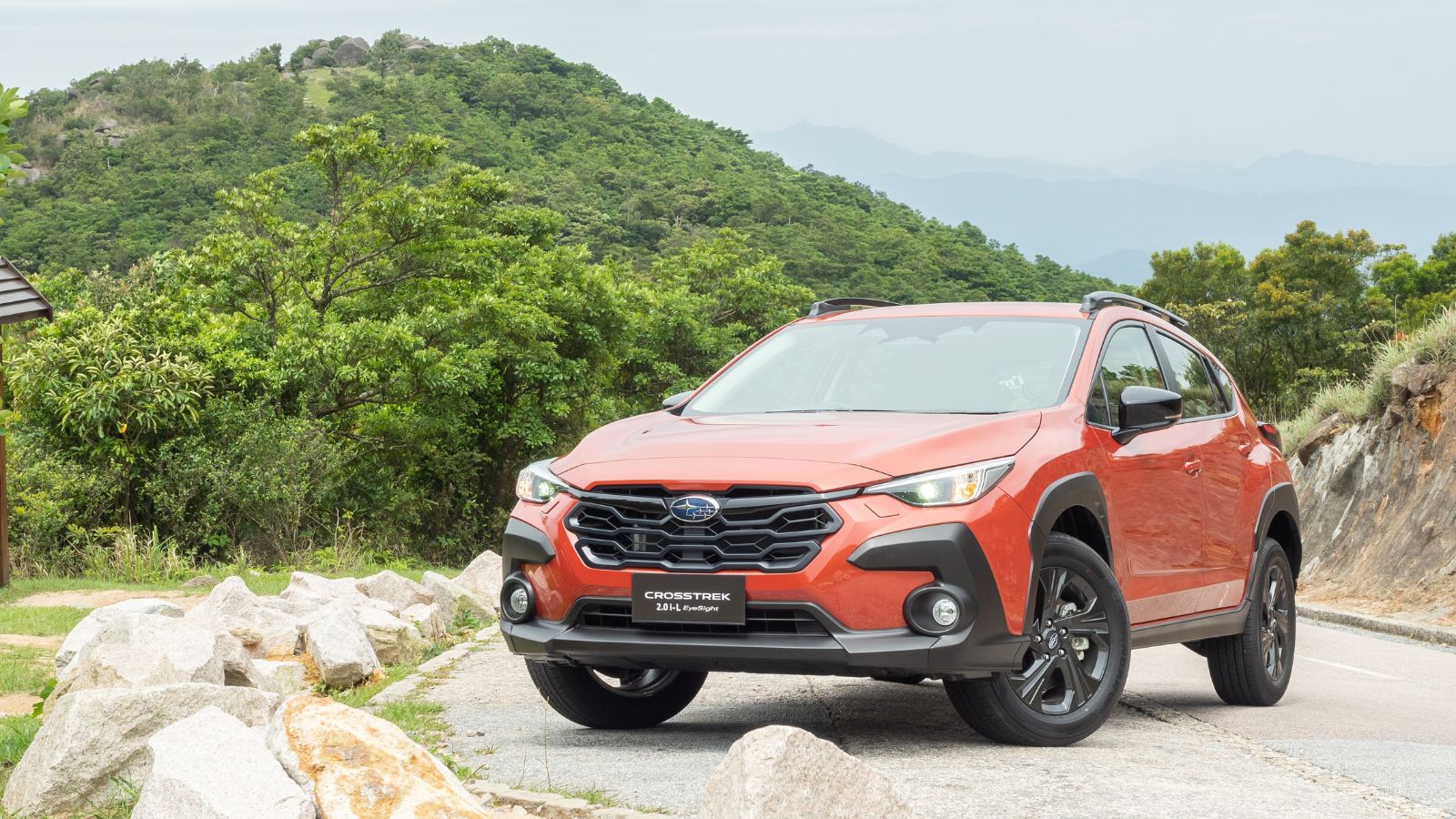
The Crosstrek has become a favorite in Canada due to its all-wheel drive, rugged build, and compact city-friendly size. But imported from Japan and built with high-tech safety systems and global components, it’s becoming more susceptible to price hikes. With a 2.0L engine and generous ground clearance, it’s built for versatility, but it is no longer priced like a budget option. Trims that once cost under $30,000 are now well above that price, with leases reflecting those increases. As global costs rise and supply chains shift, the Crosstrek could find itself nudged into the premium crossover tier, leaving some outdoor enthusiasts priced out of their favorite adventure-ready vehicle.
21 Products Canadians Should Stockpile Before Tariffs Hit

If trade tensions escalate between Canada and the U.S., everyday essentials can suddenly disappear or skyrocket in price. Products like pantry basics and tech must-haves that depend on are deeply tied to cross-border supply chains and are likely to face various kinds of disruptions
21 Products Canadians Should Stockpile Before Tariffs Hit
